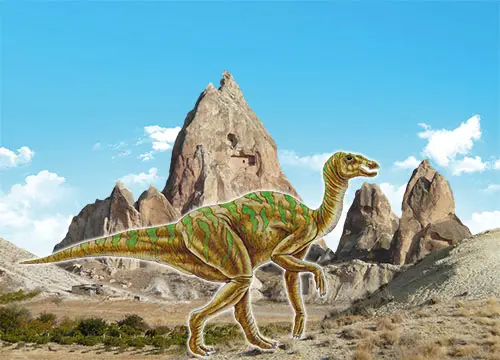What was the first dinosaur discovered?

As a paleontologist, I often get asked about the first dinosaur ever discovered. The history of dinosaur research is a fascinating topic, and the story of the first dinosaur discovery is no exception. In this blog post, we will explore the history of dinosaur research and the discovery of the first dinosaur.
Dinosaurs have captured the imagination of people for centuries. However, it wasn’t until the 19th century that scientists began to study and understand these ancient creatures. The study of dinosaurs began in the early 1800s, when a number of fossilized bones and teeth were discovered in England and France.
The first dinosaur ever discovered was Megalosaurus, a carnivorous theropod dinosaur. Megalosaurus was discovered in 1824 by William Buckland, an English geologist and paleontologist. Buckland was one of the pioneers of the study of dinosaurs, and his discovery of Megalosaurus played a major role in establishing the scientific study of dinosaurs.
Buckland discovered the first Megalosaurus bone while on a trip to Stonesfield Quarry in Oxfordshire, England. The bone was a large, curved claw that Buckland initially thought belonged to a giant lizard. However, after studying the bone further, Buckland realized that it was from a new type of animal that he named Megalosaurus, which means “great lizard.”
Buckland’s discovery of Megalosaurus was a major breakthrough in the study of dinosaurs, and it led to a wave of dinosaur discoveries throughout the 19th and 20th centuries. Scientists began to understand the diversity of dinosaurs and their unique adaptations, and the study of these ancient creatures became an important field of scientific research.
Since Buckland’s discovery, many other dinosaur species have been discovered and studied, including Triceratops, Stegosaurus, and Tyrannosaurus rex. Each new discovery has provided scientists with new insights into the evolution and biology of these fascinating creatures.
In conclusion, Megalosaurus was the first dinosaur ever discovered, and its discovery played a major role in establishing the scientific study of dinosaurs. Since then, many other dinosaur species have been discovered and studied, providing us with new insights into the evolution and biology of these ancient creatures. As paleontologists continue to discover new fossils and study existing ones, we can look forward to even more exciting discoveries and a deeper understanding of the fascinating world of dinosaurs.
